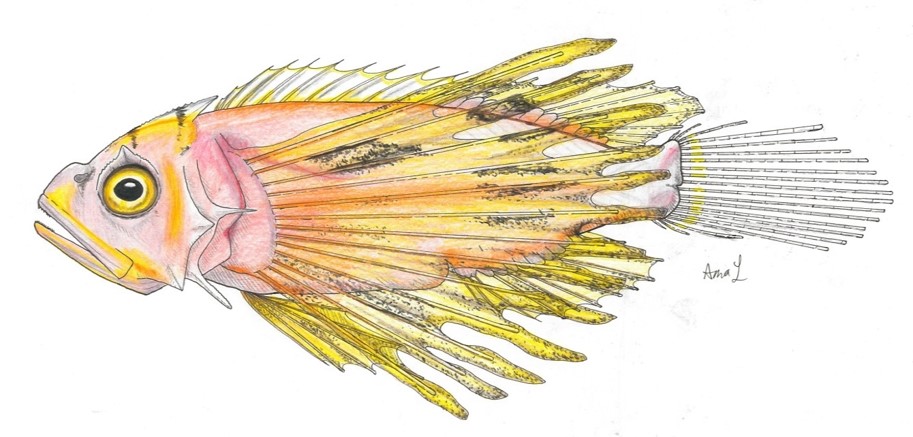Our most recent lionfish larval distribution maps, led by CIMAS scientists, were published in the journal PLOS ONE with collaborations from NOAA NMFS and ECOSUR. First larval lionfish collections are reported for the US Caribbean (Puerto Rico, St. Thomas, St. John and St. Croix), Bahamas, Belize, British Virgin Islands, Cuba, Haiti, Honduras, and Jamaica. More than 20 oceanographic surveys were analyzed starting in 2008, but lionfish were only found starting in 2009.
The highest lionfish larval densities were observed off the southeastern Florida coast and the Bahamas, while intermediate densities were generally observed in the Caribbean, and larvae were comparatively scarce in the Gulf of Mexico (see Fig 4). Our study found that the larvae’s invasion journey tracked the adult’s expansion from an initial spread along the US southeastern Atlantic coast and into the Bahamas. We then found a second radiation through the Caribbean from 2006 onwards and a shift into current-driven movement into the Gulf of Mexico beginning in 2010.

Figure caption: Postflexion larval lionfish (~15mm) illustrated by Amanda Levine and collected along the Mesoamerican Barrier Reef System in Mexico.
We used a modeling approach to examine the observed catches with the environment. Our General additive model (GAM) indicated that warmer waters were more frequently associated with larval lionfish presence (see Fig 6). In addition, our findings suggest that lionfish larvae may be able to adjust their vertical position in the water column. Larval planktonic forms utilize vertical distributions as mini-highways that retain or advect them accordingly. Surprisingly, growth rates for a subset of the lionfish larvae aged in this study were more comparable to pelagic taxa such as billfish and swordfish than to other similar-sized reef fishes. Unfortunately, comparisons to other invaded areas also suggest lionfish larval densities found in the plankton may be significant compared to the densities of native species and are now influencing the planktonic community of the Caribbean region.
We are extremely grateful to the multiple students and scientists that spent countless hours to find and measure these fish from our plankton samples from the NOAA Early Life History Lab at NOAA Southeast Fisheries Science Center.
By Estrella Malca, March 29, 2021





